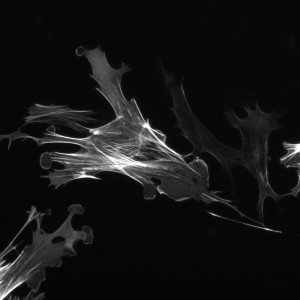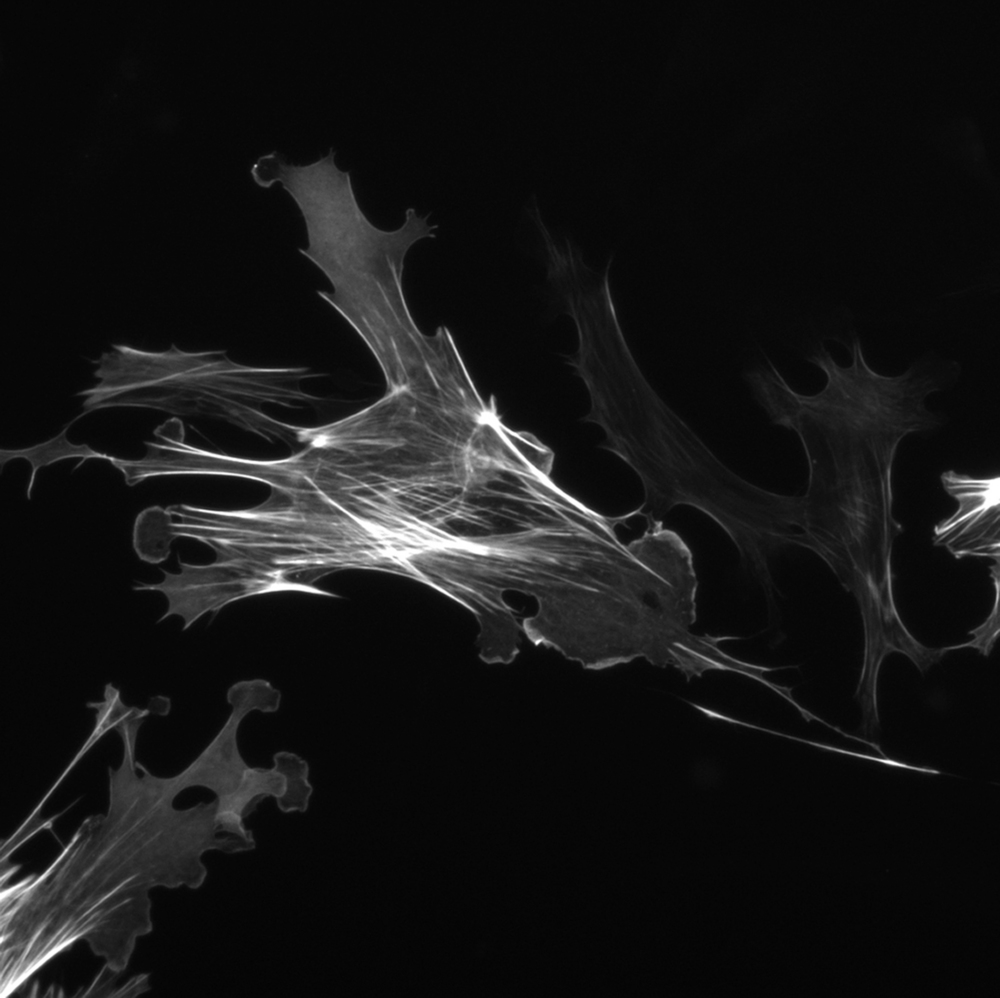 As melanoma is one of the fastest spreading, aggressive cancer types, researchers are constantly trying to understand melanoma cells in order to stop their spread in the body. At the University of Glasgow, a team led by principal investigator Professor Robert Insall discovered how melanoma cells may initiate their own migration. Further studies could lead to new treatments to stop the spread of this skin malignancy.
As melanoma is one of the fastest spreading, aggressive cancer types, researchers are constantly trying to understand melanoma cells in order to stop their spread in the body. At the University of Glasgow, a team led by principal investigator Professor Robert Insall discovered how melanoma cells may initiate their own migration. Further studies could lead to new treatments to stop the spread of this skin malignancy.
“Research like this is crucial to find effective ways to limit the spread of tumors and increase the chances for more successful treatment of this horrible disease,” said Professor Nic Jones, chief scientist of Cancer Research UK, in a news release from PLOS, the publishing journal of Dr. Insall’s paper titled “Melanoma Cells Break Down LPA to Establish Local Gradients That Drive Chemotactic Dispersal“.
As detailed in the group’s article, “Melanoma Cells Break Down LPA to Establish Local Gradients That Drive Chemotactic Dispersal,” melanoma cells metabolize lysophosphatidic acid (LPA) and effectively make a trail to follow in their travels around the body. By metabolizing LPA within the proximity, melanoma cells deplete their supply of LPA and create a concentration gradient that leads to the source of the highest concentration of LPA: the bloodstream.
The research team found the rate of migration of melanoma cells on the trail of LPA was approximately a millimeter a day, indicating that the cells could migrate to any part of the body in a matter of weeks. Unlike other cancer cells that remain firmly attached to cells within their tumor, melanoma cells are primed for movement and are prompted to move by their self-established LPA gradient.
“Our exciting findings show that skin cancer cells create their own ‘green light’ signal to start spreading, and are lured to travel around the body by a trail of these fatty molecules,” explained Dr. Insall.
Experiments that led to these findings used both cancer cell lines and mice models. Two-dimensional and three-dimensional culture systems showed that LPA is not only necessary for invasion, but also sufficient. LAP chemotaxis was potentiated by growth factor stimuli, which are commonly described as tumor attractants themselves.
“The next step will be to find how the melanoma cells break down the LPA molecules to see if this sparks ideas for new ways to stop the cancer from spreading,” said Dr. Insall. “At the moment our research is still in early stages but we hope this could help doctors to make sure this cancer doesn’t spread.”


